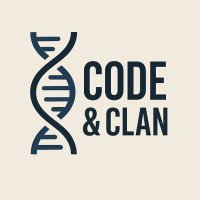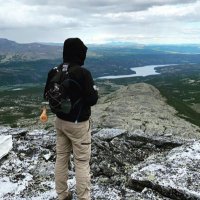
Code & Clan
@codeandclan
🧬 Cracking lineages. Exposing myths.
🎙️ Podcasting DNA, history, and the hidden truth behind tribes and clans
ID: 1932126575774109696
09-06-2025 17:24:35
120 Tweet
119 Takipçi
304 Takip Edilen





















@codeandclan
🧬 Cracking lineages. Exposing myths.
🎙️ Podcasting DNA, history, and the hidden truth behind tribes and clans
ID: 1932126575774109696
09-06-2025 17:24:35
120 Tweet
119 Takipçi
304 Takip Edilen



















